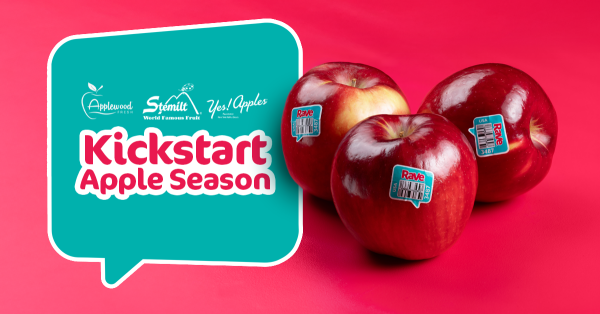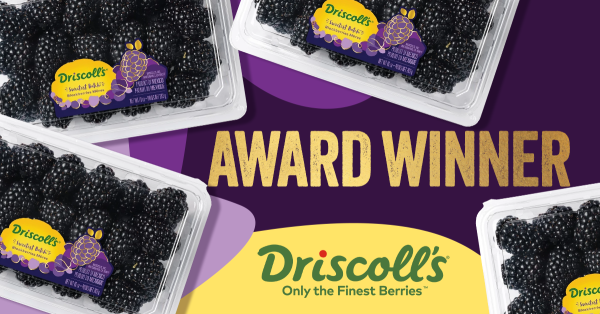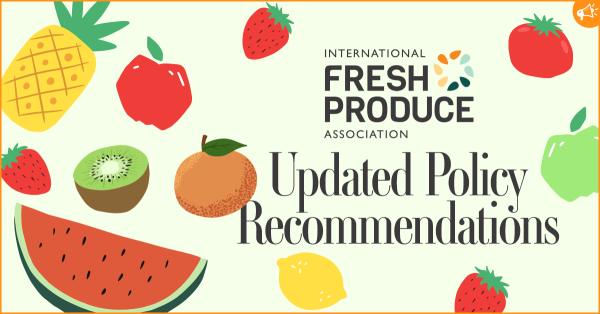North Carolina Strawberry Growers Seeing the Light at the End of the Tunnel After Virus Damage
Knightdale, North Carolina
By Eric Anderson
4.8.13
North Carolina strawberry growers who ended up with virus-infected plants from nurseries in Nova Scotia are recovering from the hit, according to the NewsObserver.com.
This year’s pair of viruses stunt plant’s growth and reduces the number of berries they produce.
Farmer David Pope who runs a pick-your-own strawberry patch in Knightdale, North Carolina noted, “They are actually growing now, but instead of producing one pound, they might produce 60 percent.”
Strawberry expert Barclay Poling estimates that 12 percent of the state’s 1,600 acres in strawberry production will be affected. Those acres will still produce fruit, although likely not as much as they typically do.
Consumers likely won’t notice any difference at their local pick-your-own farms or at the farmers markets.
The better news for these farmers is that it could have been a lot worse, according to Poling, an emeritus professor at N.C. State University who advises the state’s strawberry farmers. Florida farmers who got these virus-infected plants saw the plants wither in their warmer climate.
Poling explained that two plant breeders in Great Village, Nova Scotia, unknowingly distributed 18 million virus-infected strawberry plants to farmers in about a dozen states. Federal agriculture officials working with plant breeders in the 1970s had largely rid the industry of viruses. As a result, Poling said, he’d never seen anything like the virus in his 33-year career.
In addition, when strawberry plant viruses come in pairs, farmers really have problems. “Singly by themselves, viruses are not a problem,” Poling said. “But come together and watch out.”
In Florida, Poling said, these virus-infected plants were under immediate stress in the warm climate and couldn’t rebound. In North Carolina, Poling said, the plants had more time to recover during this year’s unusually cold winter. Also, he said, the “plug” plants seemed better able to handle the stress caused by the viruses.
And based on other researchers’ advice, Poling told farmers to baby the virus-infected plants as much as possible. For farmers like Pope, that has meant providing the plants with more water and extra protection on cold nights.
“We have watered more than normal and frost protected more than normal,” Pope said.
All those efforts seem to be paying off, but the final results won’t be known until later this month, when the strawberries are ready for picking.
Strawberry Update

















